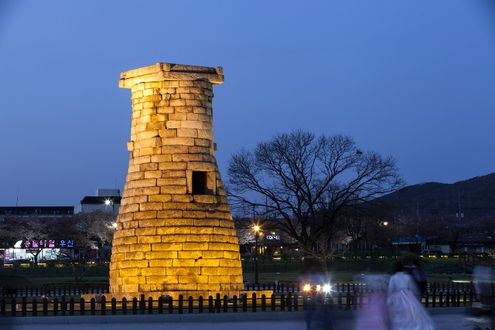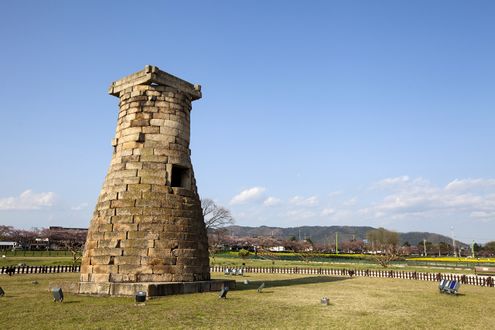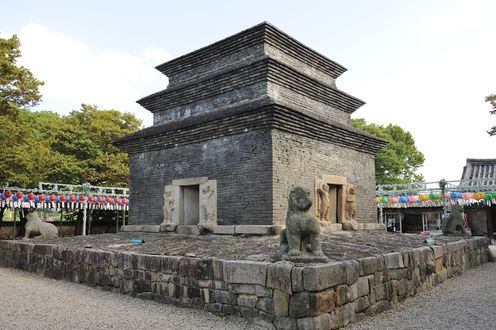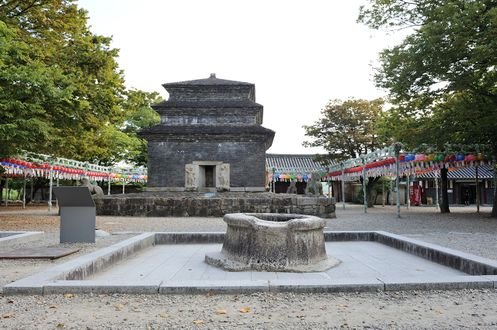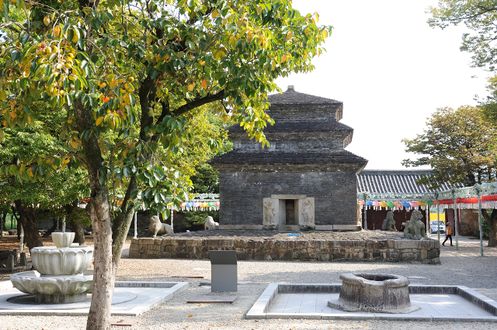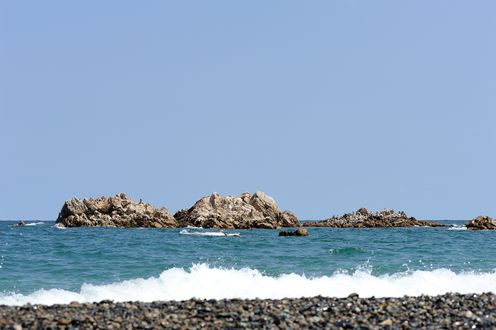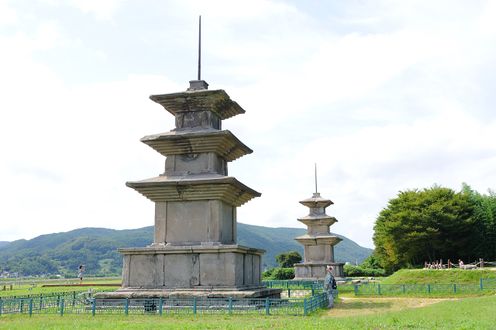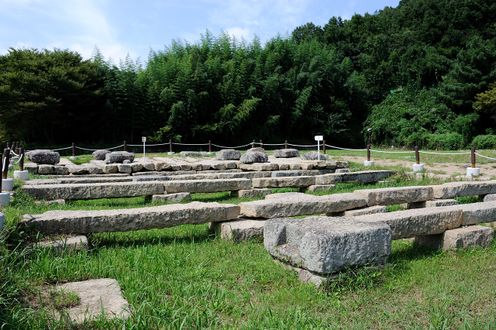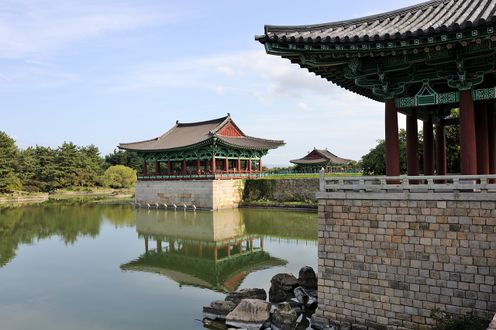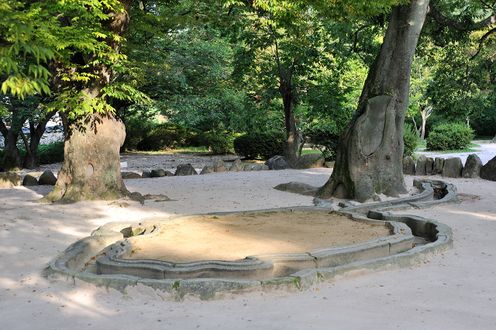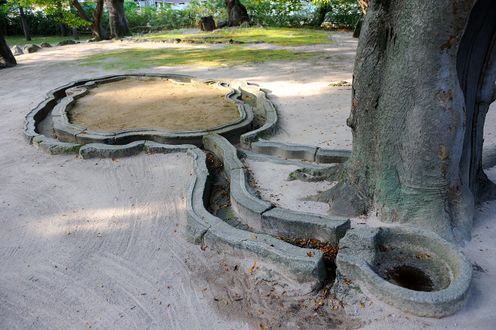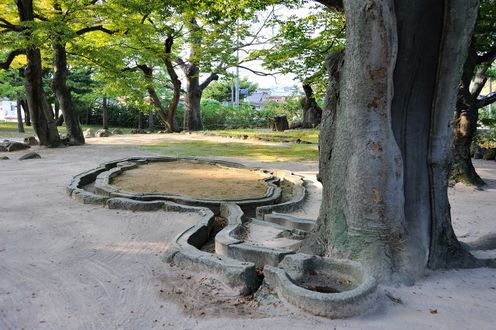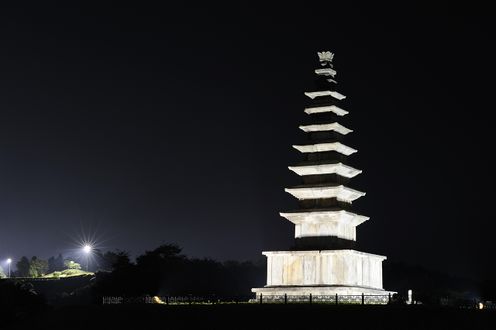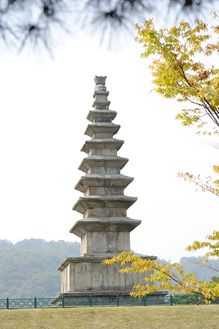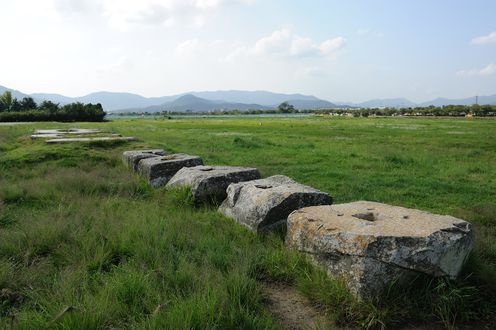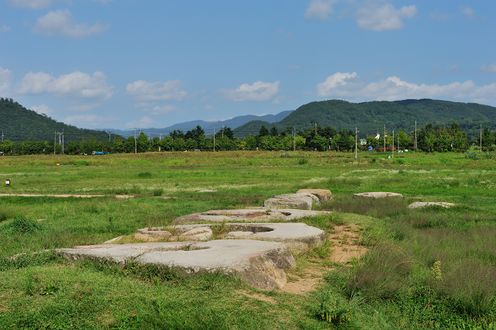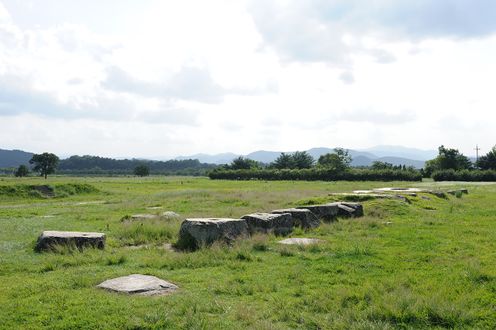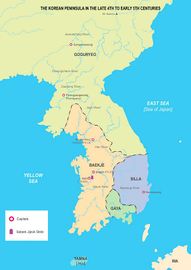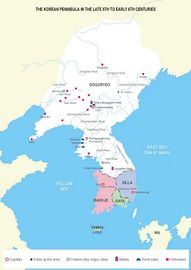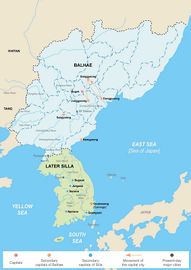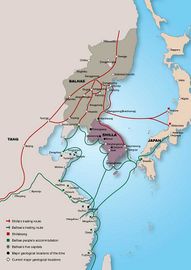The Kingdom upon which the East Sea's Sun Shone - Silla
Silla was one of the Three Kingdoms of Korea, together with Baekje and Goguryeo. It began as a small city-state/chiefdom within the Jinhan Confederacy in the present-day Gyeongju area, in the southeast of the Korean peninsula. It was founded by Bak Hyeokgeose and was ruled by powerful local families, including the Kim, Seok, and Bak clans, who each had a turn at ruling as the Silla royal family. As the city-state consolidated regional power, it grew into a kingdom, overtaking statelets of the Jinhan Confederacy by the 4th century CE. It began as the smallest and last developed of the three kingdoms, however it gained power and eventually overtook the other kingdoms. In 532, Silla overtook the neighboring Gaya Confederacy, gaining territory. In an alliance with Tang China, it caused the downfall of Baekje and Goguryeo in 660 and 668, respectively, and took control of the defeated territories. Silla after this point is referred to as Unified Silla, having unified three-fourths of the Korean peninsula, with Balhae in the north. Amidst civil war in the early 10th century, Silla fragmented and was eventually succeeded by Goryeo.
Located furthest from China among the Three Kingdoms, Silla developed unique systems of governance. Among these is the bone-rank system, in which the class into which one was born came with limits as to what level of bureaucratic position one could hold. In this system, matrilineal lines were also of importance, and there are cases of royal women exerting great political influence. Silla even had three queens, one of whom, Queen Seondeok (? – 647), is well known for her strong leadership. Another unique feature of Silla aristocracy was the hwarang, a group of elite young men who were trained in martial arts, culture, and Buddhism. AlthoughBuddhism was introduced to Silla later than the other Three Kingdoms, it eventually became the official religion and the basis of governance after many twists and turns. This lead to the prolific production of many Buddhist heritages, including Bulguksa Temple and Seokguram Grotto. Many Silla heritages around Silla’s capital, Gyeongju, have been registered as UNESCO World Heritages. In addition, many Silla royal tombs were well preserved, and heritages from these tombs including gold crowns have been excavated.
